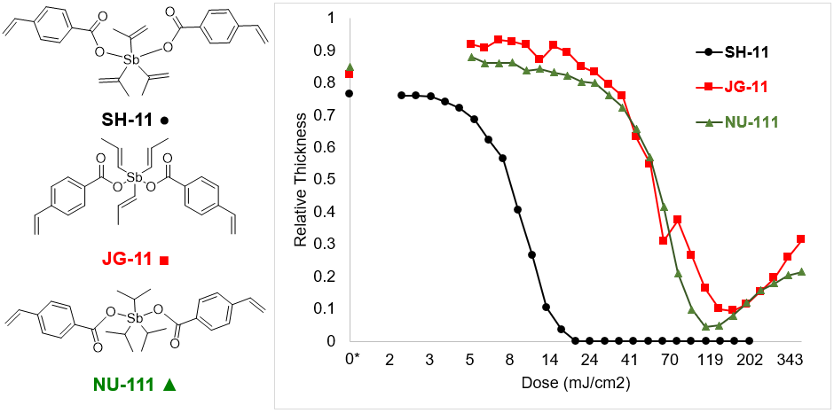Please share in the university announcements.
Who/ Which Group is Sending: Department of Chemistry & Biomolecular Science
Audiences: All Faculty, staff, undergraduate students, graduate students
Campuses: Potsdam
Please use PDF as reference.
Headline: Chemistry & CAMP Seminar Announcement for Friday, February 14th, 2025
Body of Announcement: Prof. Robert Brainard from the Department of Nanoscale Science and Engineering at the University of Albany will speak on Positive-Tone Organoantimony Resists.
Abstract: Currently, the microelectronics industry is undergoing a jump in wavelength from 193 to 13.5 nm. This new imaging technology is called Extreme Ultraviolet (EUV) Lithography. Our group synthesizes and lithographically evaluates compounds containing metal that are strongly absorbed by EUV light. Our group has successfully invented EUV photoresists composed of amorphous thin-films of compounds containing cobalt, tin, platinum, palladiu bismuth and antimony in our project called Molecular Organometallic Resists for EUV (MORE). Here, we describe a new series of complexes of the type R3Sb(O2CR’)2 have been developed, showcasing positive-tone imaging (Figure 1). Ten R3Sb(O2CR’)2 complexes were synthesized with variations in the R and R’ groups. Studies focusing on development solution, polymerizable olefin content, and molecular weight of the complexes indicated that styrene carboxylate ligands and low molecular weight R groups demonstrated positive-tone performance with fast photospeeds. We conducted a series of mechanistic studies involving the exposure of antimony carboxylate complexes (R3Sb(O2CR’)2) which exhibit positive-tone patterning upon to EUV light or e-beams. These results provide evidence that polymerization occurs for photoresists containing terminal olefins, resulting in a nonvolatile R’-group aft decarboxylation. Ultimately, we propose a network of plausible mechanistic steps that are consistent with the structure-function and mass-spectral outgassing experiments.

Figure 1. Chemical structures and contrast curves of tri(isopropenyl)antimony di(styrenecarboxylate) (SH-11), tri(propenyl)antimony di(styrenecarboxylate) (JG-11) and tri(isopropyl)antimony di(styrenecarboxylate) (NU-111).
Friday, February 14th, 2025, 3:30 PM, BH Snell Hall 214Potsdam Campus
Zoom Information: Link
Meeting ID: 950 1099 7564
Passcode: chemistry